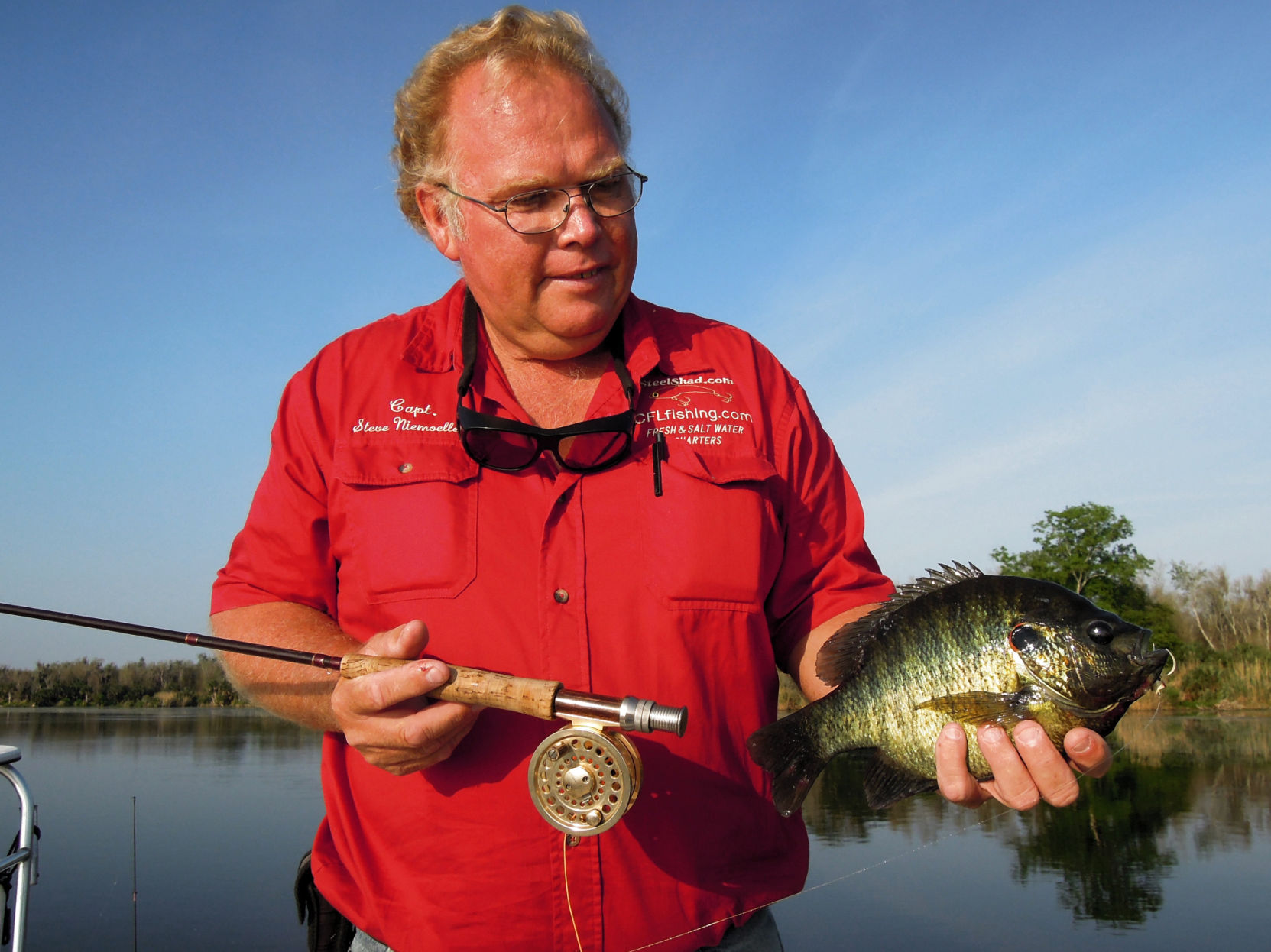
Bluegills attack! Recreational fish striking on light bait in local waters
June 2, 2015Betty Zeringue
June 2, 2015Heading out to the beach this summer season? Great, enjoy the fun in the sun, but keep it fun by being aware of and taking proper precautions. Some of the potential hazards that may be encountered at the beach include: lightning, sharks, jellyfish, sunburn, and rip currents.
Using a little common sense when confronting these situations will help ensure many safe and enjoyable beach ventures.
Lightning. Each year in the U.S. an average of 62 people are killed by lightning. Remember … when thunder roars, go indoors!
The safest place to go is inside large enclosed buildings. Picnic shelters, sheds, and other smaller shelters don’t provide adequate protection from lightning strikes.
If there are no enclosed buildings around, the second best places to go are enclosed metal vehicles such cars, trucks, and vans — but not convertibles, soft-tops, and bikes. After the storm has passed, you should wait at least 30 minutes following the last thunder crack before going back out into the open and onto the beach.
Sharks. Actually, the risk of being involved in a shark attack is very small. They do occur sometimes though, generally in near shore areas around sandbars.
Sharks tend to feed in these areas and sometimes confuse humans with other prey that they are seeking out. The National Oceanic and Atmospheric Administration (NOAA) suggests following these tips to help reduce your chances of becoming shark bait:
– Don’t swim too far from shore
– Stay in groups — sharks are more likely to attack a solitary individual
– Avoid being in the water during darkness or twilight when sharks are most active
– Don’t go in the water if bleeding from a wound — sharks have a very acute sense of smell
– Leave the shiny jewelry at home — the reflected light resembles fish scales
– Avoid brightly-colored swimwear — sharks see contrast particularly well
Jellyfish. While all jellies sting, not all of them have poisons that hurt people. They should be avoided though, just in case. Be careful around areas with warning signs concerning jellyfish.
Also, watch out for the tentacles even if they aren’t attached to the jellies. Suggested first aid for sting wounds is washing the area with vinegar or rubbing alcohol (not water) and sprinkling meat tenderizer on the wound or putting a baking soda and water paste on the sting. Anyone experiencing an allergic reaction should seek medical attention.
Sunburn. Too much sun can spoil the fun! And you might not even realize it until much later, as it can take up to 24 hours before full damage is noticeable.
Be sure to take proper precautions including avoiding prolonged exposure to direct sunlight, sporting hats, and applying sun blocking lotions.
First degree burns (skin redness and peeling) should be treated with cool baths and bland moisturizers or hydrocortisone creams. Blistering second degree sunburns can be very serious if covering a large area. Symptoms of severe burns include headache, chills, and fever. Medical attention is advised for second degree sunburns.
Rip Currents. Each year over a hundred people drown in rip currents. A few years ago four people (one from Louisiana) drowned in rip currents on the Alabama coast. Also, in 2009 in Grand Isle, a young girl from Baton Rouge was rescued from a rip current by two Houma brothers.
Rip currents are channelized currents of water that flow away from the beach shore out into the gulf or ocean.
They’re formed when waves break near the shoreline, piling up water along the shore.
The water seeks to escape from the shoreline area and return back offshore. This sometimes results in a narrow stream of water that moves quickly offshore … a rip current. People sometimes call these currents “undertows” or “riptides”, but those terms are not correct and should not be used when talking about rip currents. Rip currents pull people out to sea not underwater.
Rip currents can be as narrow as 10 to 20 feet or as much as ten times wider than that. Sometimes the water in rip currents can travel very slowly, almost unnoticeable. At other times these currents can flow at speeds of over five miles per hour, faster than an Olympic swimmer can swim.
So, what to do if you’re caught in a rip current? First, don’t panic and don’t try to swim against the current.
Rip currents generally only go out a short ways offshore, then pan out. It’s sort of like being caught on a treadmill: no matter how fast you walk forward, you can’t get off.
The thing to do is to either quit walking and be pulled off, or step to the left or the right and get off. The same principle applies to rip currents.
Don’t swim against them. Either let the current pull you out then swim back, at an angle, to the bank, or just swim to the left or the right of the current, parallel to the shore. Once out of the rip current, then swim back to shore.
According to NOAA, if you find yourself caught in a rip current:
– Try to remain calm to conserve energy.
– Don’t fight the current.
– Think of it like a treadmill you can’t turn off. You want to step to the side of that current.
– Swim across the current in a direction following the shoreline.
– When out of the current, swim and angle away from the current and towards shore.
– If you can’t escape this, try to float, or calmly tread water. Rip current strength eventually subsides further offshore.
– If at any time you feel you will be unable to reach shore, draw attention to yourself: face the shore, wave your arms, and yell for help.
Practice common sense and observe these simple precautions so that you and your family can enjoy many safe, healthy, and happy days at the beach.
Have a great summer!
Alan Matherne is the Louisiana Sea Grant / LSU AgCenter Marine Extension Agent specializing in Coastal, Fisheries, & Wildlife Outreach for Terrebonne, Lafourche, and Assumption parishes. He can be contacted at 985-873-6495 or amatherne@agcenter.lsu.edu.











